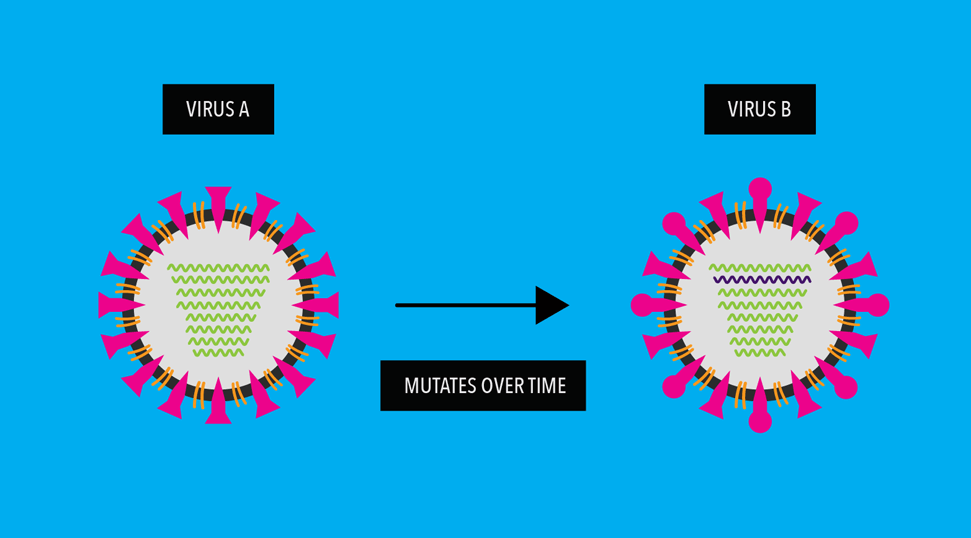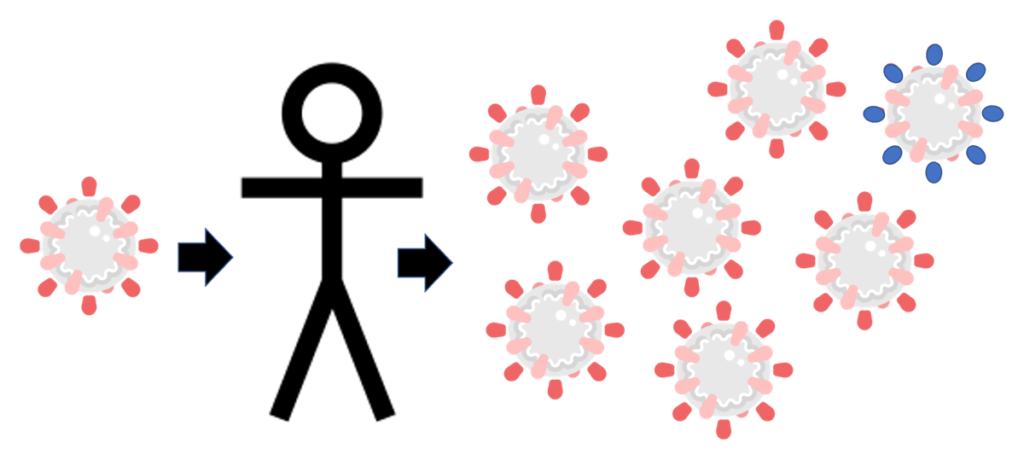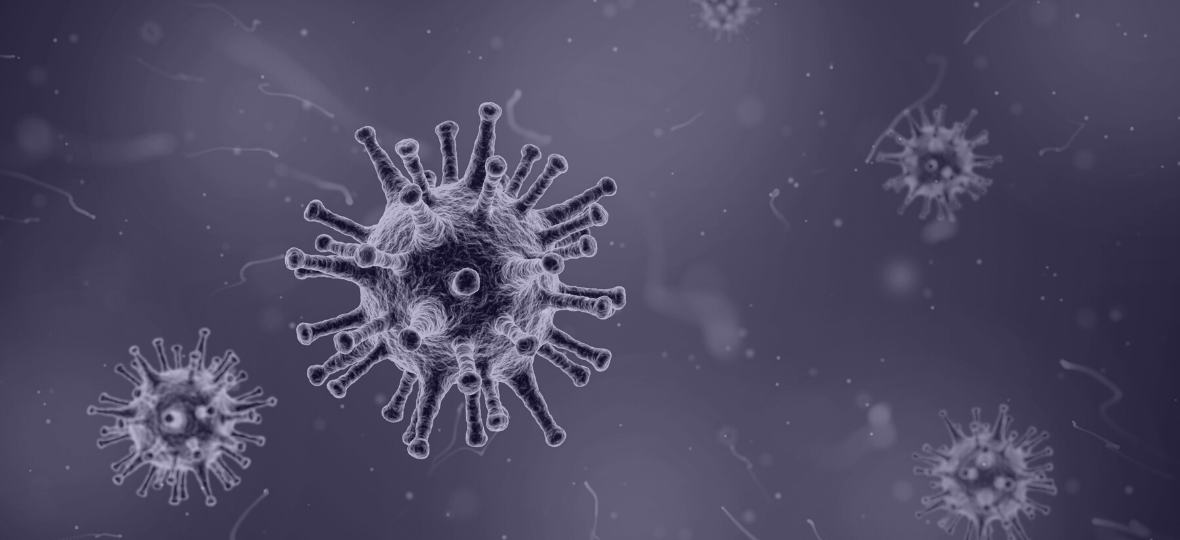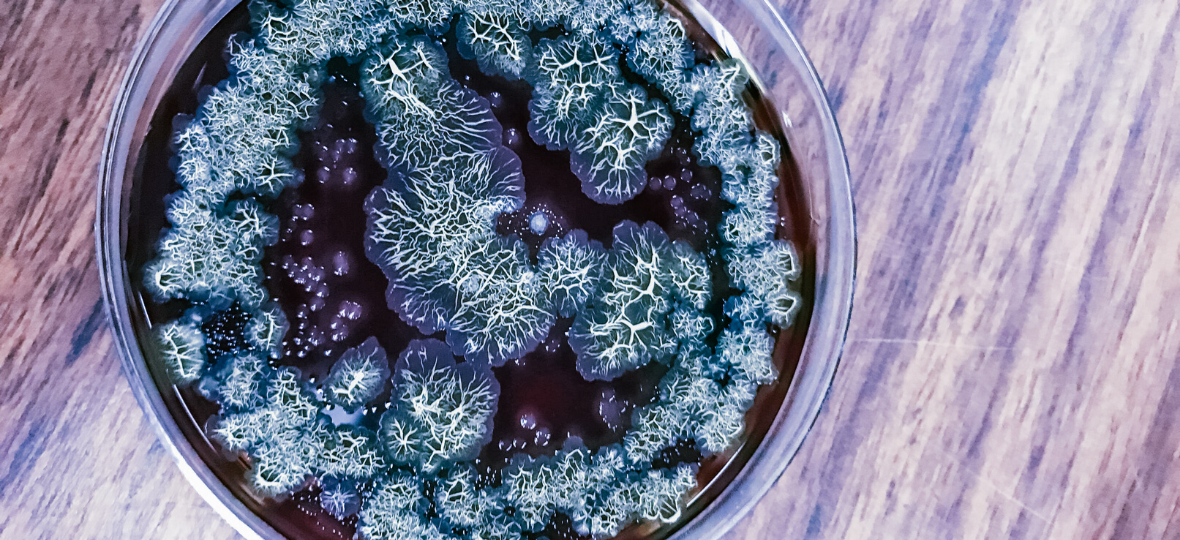I do a series on Instagram called Tox Talks Tuesday where I explain toxicology concepts, and just science in general. Recently, a lot of these posts have covered COVID-19. In particular, today’s post discussed briefly about the new variant strains of the SARS-CoV-2 virus. However, due to Instagram’s tiny word limits on captions, I wanted to expand it into a full article.
We now know that there are various new variants of the SARS-CoV-2 virus popping up around the globe. I wanted to explain a little bit about each as well as what it means for our current vaccine efforts.
What is a variant?

All living things change over time in order to improve their survival chances (1). This process is known as evolution. For mammals like humans, this can take millions of years for just one little change to occur. Evolution is how we get new species, but it is also why some species go extinct.
Viruses, unlike humans, can evolve very rapidly. Sometimes this is unsuccessful, and that virus dies out (2). Other times the mutations are successful and the resulting virus is known as a variant.
These variants can result in viruses with reduced or increased transmission ability, change the hosts that they can effect, or alter which cell the virus targets in the body (3). The mutation rates of RNA viruses are much higher than that of DNA viruses and unfortunately, the virus responsible for COVID-19 is an RNA virus. (For more info on virus types, check out my article here.) The SARS-CoV-2 virus utilized what are called spike proteins to gain entrance into human cells. So far, many of the mutations identified have occurred on the spike proteins. Overall, it’s all about survival of the fittest and a virus wants to do anything it can to survive.
SARS-CoV-2 Variants
Currently there are three main variant strains of COVID-19 circulating around the globe.
- The United Kingdom (UK) variant (B.1.1.7) – This variant includes multiple mutations that make it more transmissible and potentially more deadly. The most important mutations seem to be (4):
- Mutation N501Y – Increases the binding affinity to the ACE2 receptor (making it easier for the virus to get into the cells). Scientists think that this mutation can increase the viral load and in turn, increase transmissibility.
- Spike deletion 69-70del – A change in a spike protein which helps the virus evade the immune system response.
- Mutation P681H – A mutation close to a biologically significant site, but we do not yet know the significance.
- The South African (SA) variant (B.1.351 or 501Y.V2) – This variant also includes many mutations. It shares the N501Y mutation mentioned in the UK variant (even though they evolved seperately), but also has two other major mutations that increase binding the ACE2 receptor (5):
- Mutation E484K and K417N – Occur at key sites in the receptor binding domain of the spike protein which can increase binding affinity for the ACE2 receptor.
- The Brazil variant (B.1.1.28.1 or P.1) – No surprise this variant also includes a number of mutations and again, it includes the N501Y mutation. Sadly, it also contains both E484K and K417N. This is the newest variant we’ve identified and scientists are still working to understand just what mutations are present (6).
The fact that we see the same mutations popping up in variants in different parts of the globe suggests that these mutations have definite evolutionary advantages for the virus.
What Does This Mean for Transmission?
This of course is the number one concern at the moment – how do these variants effect transmission of COVID-19 and do our current vaccines protect against them?

As mentioned above, the SA variant has been linked to higher viral load and increased transmission (7). This means that it is easier to spread to more people. Luckily, we currently do not see any increased severity of disease. In the Brazil variant, experts say that it could contain “immune escapes” which are mechanisms to evade the body’s immune response (8). This means that those who were infected with another COVID-19 variant could become re-infected.
Unfortunately though, as is the story with many COVID-19 questions, we still don’t really know the full effect of these variants. As of February 8th, 2021, 33 states are reporting cases of the UK variant, 3 states are reporting cases of the SA variant, and 2 states are reporting cases of the Brazil variant. The CDC has a page with these numbers updated daily here.
What Does This Mean for Vaccine Efficacy?
The second part of this million dollar question – how do the vaccines hold up against these variants?
Firstly, vaccines can induce what is called a polyclonal response. Basically, the immune system is able to create different antibodies that can connect to different parts of the virus. Therefore, when mutations arise that only change one of the spike proteins, we should still have antibodies that can identify other parts of the virus. (I highly recommend checking out Your Local Epidemiologist’s post for more on this topic!)
Even still, we have so far seen that efficacy may be effected with our current vaccines when it comes to the new variants. For example, the Moderna vaccine has been shown to have 94.1% efficacy against symptomatic COVID-19 infection due to the old variant. Early studies have shown that this efficacy is not impacted by the UK variant, but overall there is a 6 fold decrease in neutralizing antibodies for the SA variant (9). We see a similar pattern for the Pfizer vaccine. This decrease in efficacy seems to be more drastic for the non-mRNA vaccines like J&J’s adenovirus vaccine which has a reduced efficacy of 57% against the SA variant.
It is good news however that the mRNA vaccines (Moderna and Pfizer) are easily tailored if we find a variant that our current formulation is powerless against. However, as you can imagine, that means more vaccinations.
So What?
At this point, we really are in a race against time when it comes to getting as many people vaccinated as possible. This is the only way we are going to keep these potentially more dangerous variants at bay. More studies are needed to fully understand both what the mutations are in these variants, but also how they effect transmission and severity.
Let’s all keep doing our part to stay safe and get vaccinated when you can!!
Some Helpful Sources:
- Variant Cases in the U.S., CDC – here
- Your Local Epidemiologist (An AMAZING resource for all things COVID) – here
- Reinfections due to variants, Kupferschmidt, 2021 – here
- New Variants and Vaccines, Nature 2021 – here
- Variant Updates, CDC – here






Leave a Comment